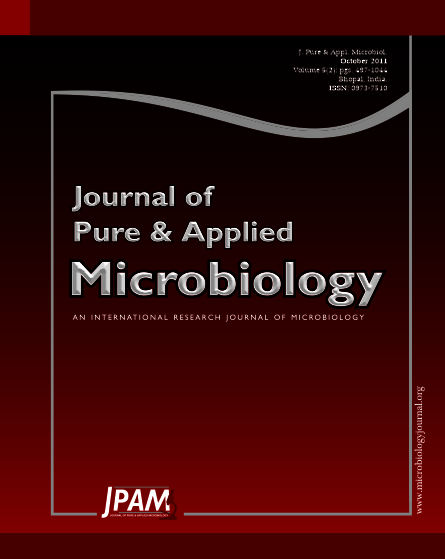Antiseptics and disinfectants are extensively used in nosocomial systems and health care units and have important role in preventing the nosocomial infections. Resistance to these agents is very important and can cause serious problems dealing with multidrug resistant strains. The purpose of this study was to assess the in vitro activity of a group of disinfectants against nosocomial bacteria. Disc susceptibility testing is the most commonly recommended method for routine testing, and is described in the NCCLS 2004 standards. The Muller Hinton agar, Nutrient agar and Nutrient broth mediums and bacterial turbidity equal to 0.5 Mcfarland were used to assess the antimicrobial effect of Iodine, Cetrimide, Microtene %5, Formalin %37 and Deconex using disc diffusion method. The results show that Iodine had no or very low antimicrobial effect on gram negative pyogenic bacteria and no effect on acid fast and spore producing bacteria. Combination of Iodine and Cetrimide was fully synergistic against strains tested. The formalin 5% and Microten 37% had highest disc diffusion zone diameters and showed bactericidal activity on gram positive, gram negative, acid fast and sporulating bacteria. Although eradication of all germs in nosocomial systems is impossible, they can be controlled.
Bacteria, Nosocomial, Disinfectants, Antibacterial activity
© The Author(s) 2011. Open Access. This article is distributed under the terms of the Creative Commons Attribution 4.0 International License which permits unrestricted use, sharing, distribution, and reproduction in any medium, provided you give appropriate credit to the original author(s) and the source, provide a link to the Creative Commons license, and indicate if changes were made.


